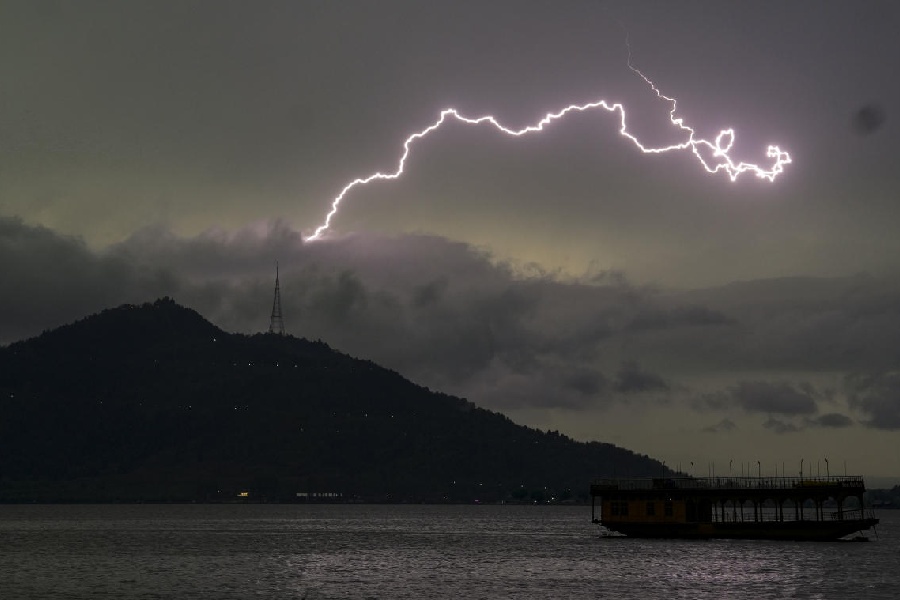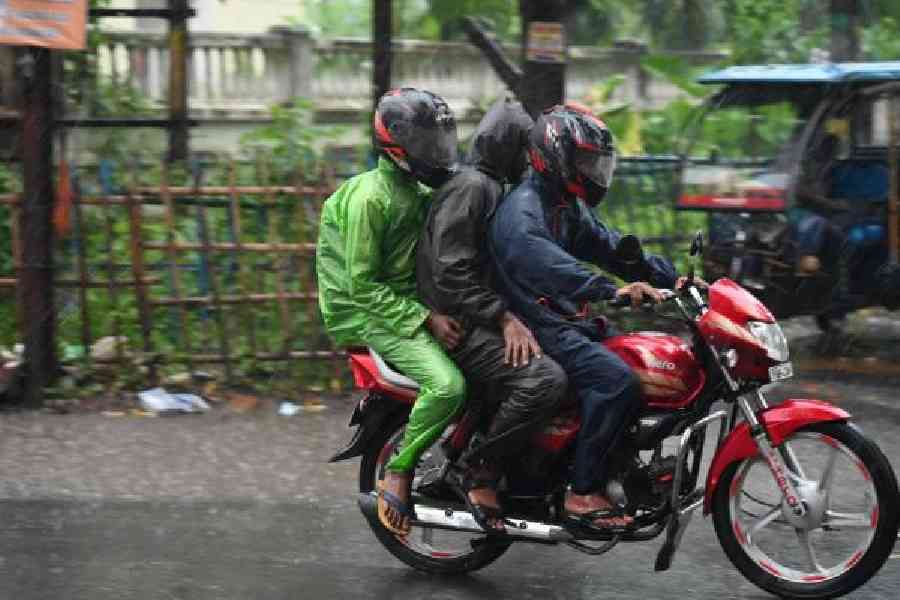More than 1,600 people died due to rain and lightning between April and July this year, the Centre informed Parliament on Wednesday, highlighting the growing toll of extreme weather events across the country.
Minister of State for Home Affairs Nityanand Rai, in a written reply to a question in the Rajya Sabha, said 1,626 people had lost their lives due to rain-related incidents and lightning strikes during the first four months of the 2025-26 financial year, based on inputs from states and union territories.
In addition to human fatalities, 52,367 animals perished during the same period due to hydro-meteorological disasters. Crop damage was extensive, affecting 1,57,817.6 hectares of agricultural land, the minister added.
While the Ministry of Home Affairs does not centrally maintain data on damages caused by disasters, Rai noted that the Centre has launched a ‘Mitigation Project on Lightning Safety’ with an outlay of Rs 186.78 crore.
The project aims to reduce loss of life and property in 50 lightning-prone districts across 10 states — Andhra Pradesh, Bihar, Chhattisgarh, Jharkhand, Madhya Pradesh, Maharashtra, Meghalaya, Odisha, Uttar Pradesh, and West Bengal.
“This initiative seeks to reduce human and livestock mortality, as well as damage to infrastructure. It also promotes self-reliance in lightning risk management through R&D, technological advancement and local manufacturing,” Rai said.
He added that the Indian Institute of Tropical Meteorology (IITM), Pune, has established a lightning detection network with 112 sensors spread across the country, each capable of covering a radius of 200–250 km — effectively giving nationwide coverage.
Leveraging this network, a mobile application named 'DAMINI: Lightning Alert' has been developed to provide real-time alerts.
The app informs users of current lightning activity around them and issues warnings within a 20 to 40 square kilometre radius in advance.
The India Meteorological Department (IMD), meanwhile, has built a robust system for monitoring, forecasting and issuing early warnings for thunderstorms and lightning.
“The IMD's ground-based detection network, comprising 102 strategically located sensors, enables location-specific monitoring and forecasting down to the district and city level,” Rai informed the House.
He said the IMD issues lightning and thunderstorm forecasts up to five days in advance using numerical weather prediction models and synoptic-scale analysis. These forecasts are colour-coded and updated every six hours.
Additionally, nowcasts — extremely short-term weather predictions — are issued every three hours using satellite, radar and ground data.
(With inputs from PTI)











